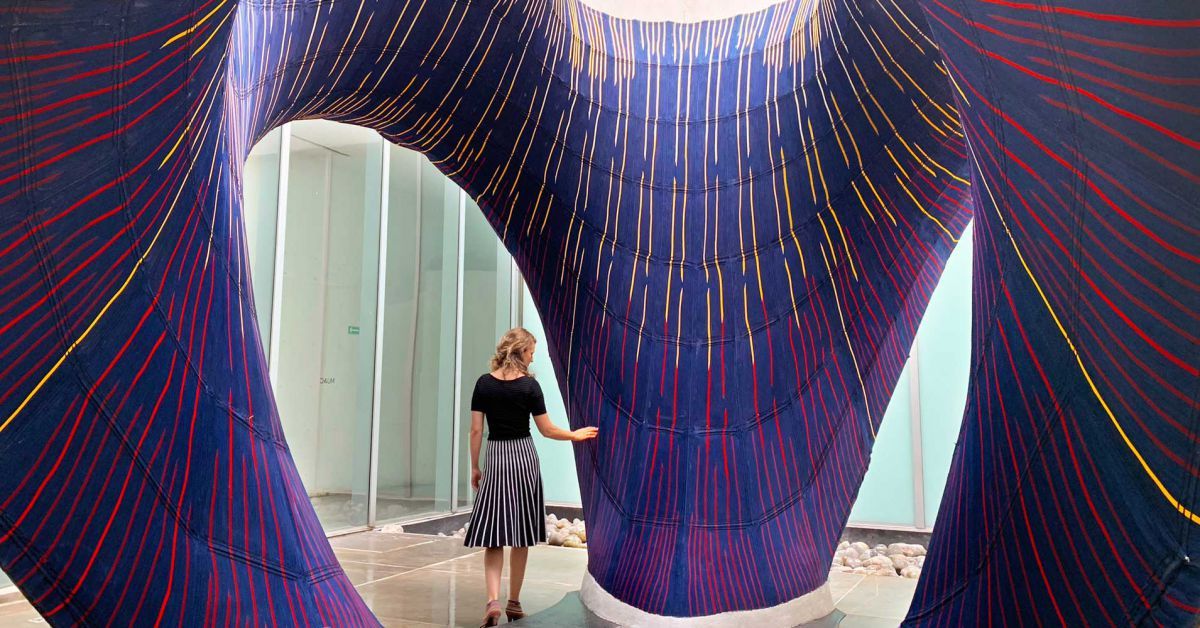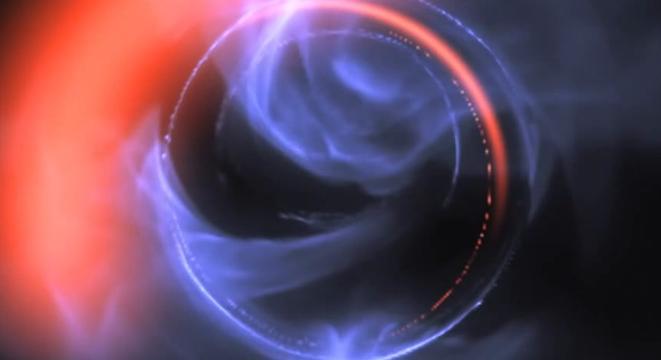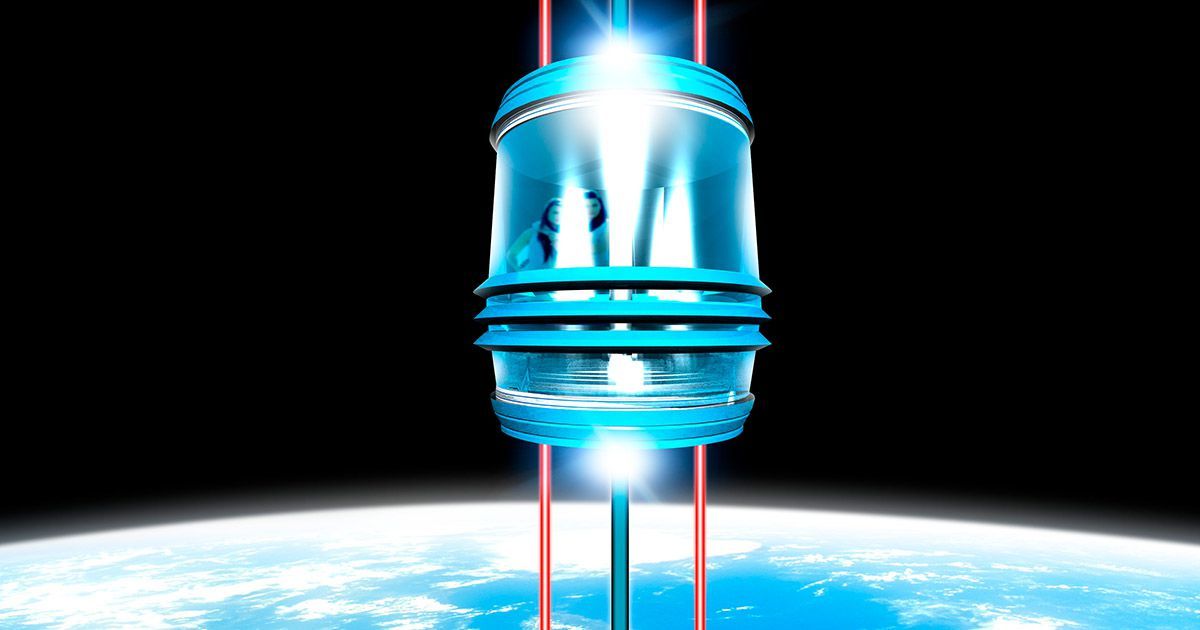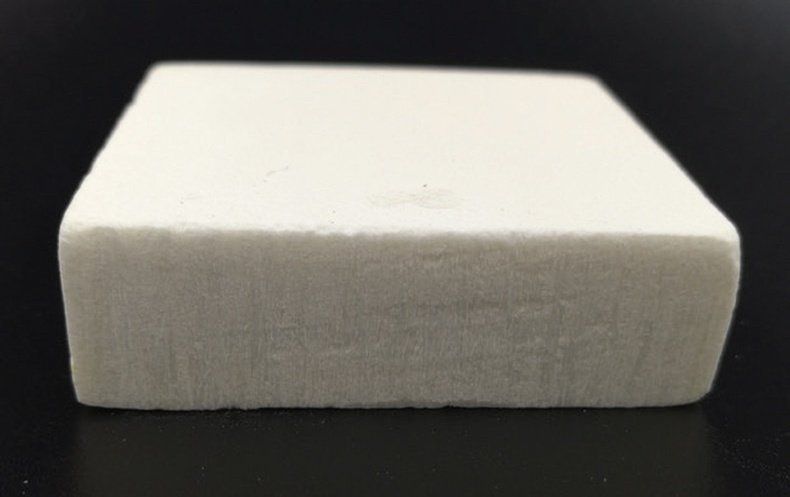Soon, we might be able to knit entire buildings.



Based on observations by the European Souther Observatory’s GRAVITY instrument, this simulation shows gases swirling around the black hole at the center of the Milky Way — at just 30% the speed of light — “the first time material has been observed orbiting close to the point of no return.”
ESO/Gravity Consortium/L. Calçada

This video is the fourth in a multi-part series discussing computing. In this video, weíll be discussing computing performance and efficiency as well as how the computer industry plans on maximizing them.
[0:25–1:55] Starting off we’ll look at, how computing performance is measured and its rate of increase since the mid-1900s.
[1:55–8:05] Following that we’ll discuss, new classical computing paradigms that will push the computer industry forward past 2020. These paradigm shifts are 3D integrated circuits and the use of new materials such as graphene.
[8:05–10:15] To conclude we’ll summarize and wrap up many of the concepts we’ve discussed over this and the past few videos in this series!






Visions for what we can do with future electronics depend on finding ways to go beyond the capabilities of silicon conductors. The experimental field of molecular electronics is thought to represent a way forward, and recent work at KTH may enable scalable production of the nanoscale electrodes that are needed in order to explore molecules and exploit their behavior as potentially valuable electronic materials.
